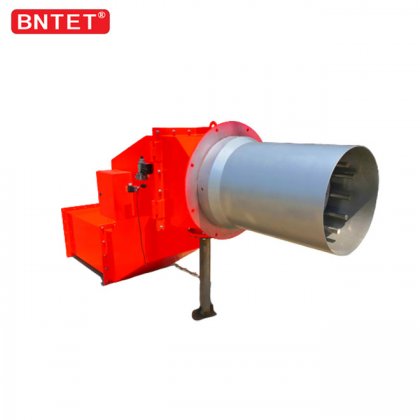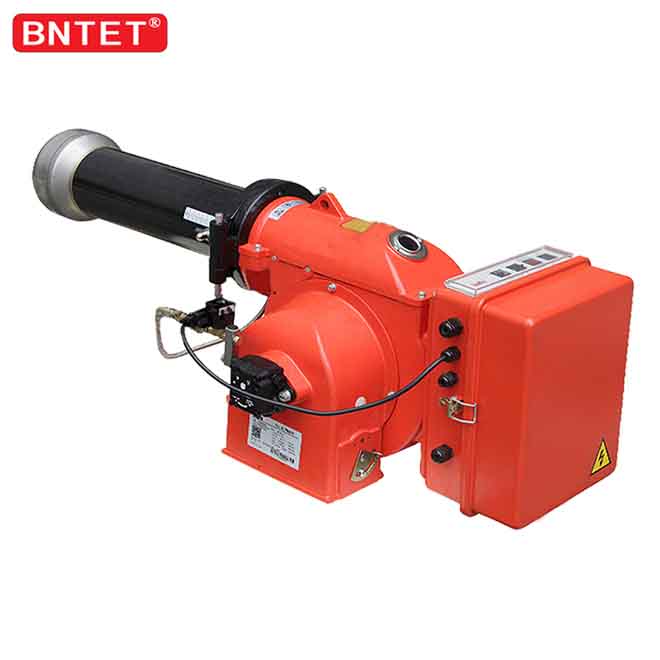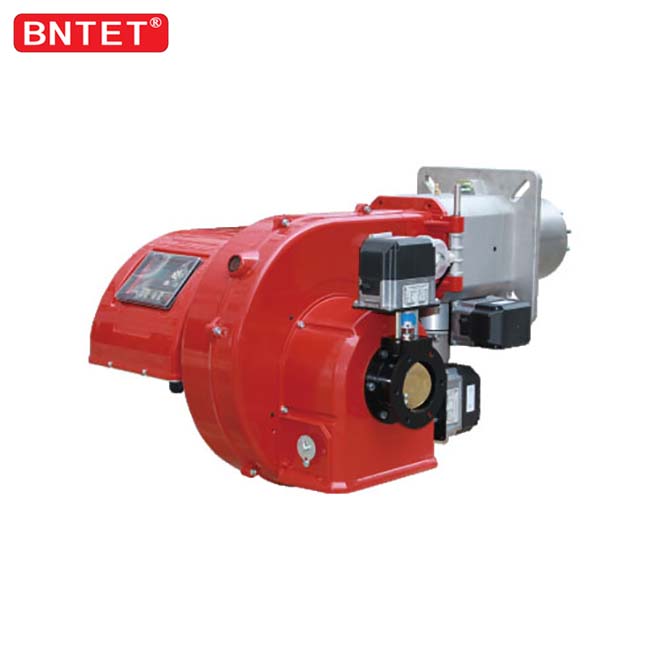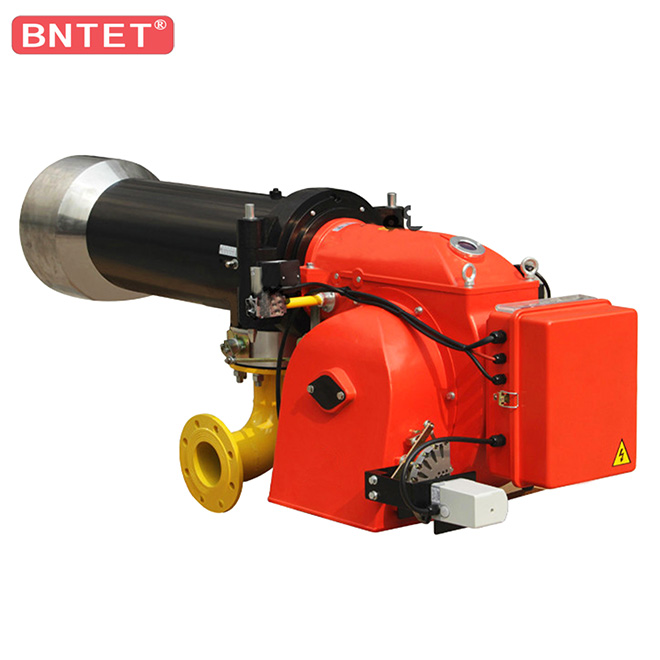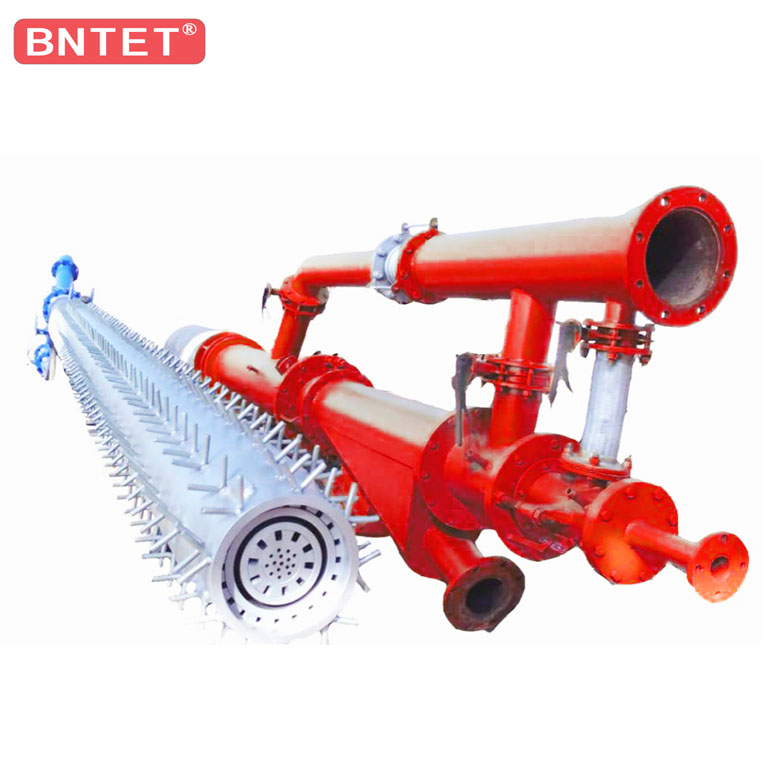Waste oil burners provide an efficient solution for repurposing discarded oils as fuel. These systems can process various types of waste oils, offering both economic and environmental benefits. Below is a comprehensive guide to suitable fuel options and key operational considerations.

1. Mineral-Based Waste Oils
Used Engine Oil: Spent lubricants from automotive and industrial machinery (requires filtration)
Hydraulic Fluids: Discarded oils from heavy equipment and manufacturing systems
Transmission/Gear Oils: Waste lubricants from drivetrain components
Metalworking Fluids: Coolants and lubricants from machining operations
2. Plant-Derived Waste Oils
Recycled Cooking Oil: Post-consumer frying oils from restaurants and food processing
Degraded Edible Oils: Rancid or expired vegetable oils (soybean, canola, palm, etc.)
Biofuel Production Waste: Residual oils from biodiesel manufacturing
3. Specialized Waste Streams
Petroleum Sludges: Bottom sediments from storage tanks and refineries
Asphalt/Tar Products: Heavy residues from paving and roofing operations
Marine Fuel Residues: Waste oils from ship engines and bilge systems
Critical Operational Factors
Fuel Preparation Requirements
Filtration: Essential for removing particulates and extending equipment life
Dehydration: Water content should be minimized to prevent combustion issues
Viscosity Control: Heating may be necessary for proper atomization of heavy oils
System Compatibility
Different burner designs accommodate specific oil characteristics
Material selection must account for potential corrosive elements
Environmental Compliance
Emission control systems may be required depending on fuel composition
Local regulations often dictate permissible waste oil categories
Unsuitable Materials
Volatile Petroleum Distillates (e.g., gasoline, solvents)
Chemical-Contaminated Streams with unknown composition
High-Halogen Content Oils that may produce toxic combustion byproducts
Implementation Note: Prior to use, verify equipment specifications with the manufacturer and ensure full compliance with applicable environmental regulations. Proper fuel characterization and system maintenance are essential for safe, efficient operation.
This revised version improves technical accuracy, enhances readability, and organizes information more effectively for professional users. The content maintains all key details while presenting them in a more structured format.


